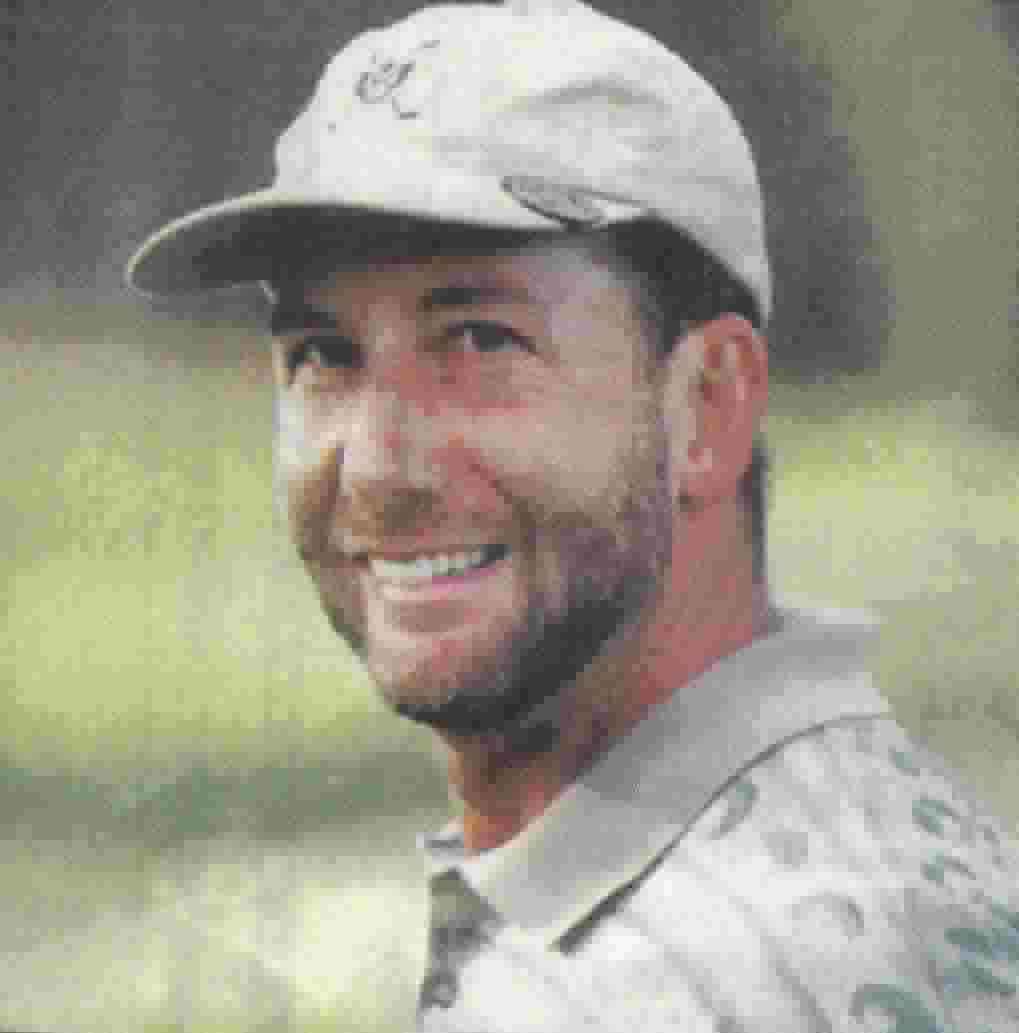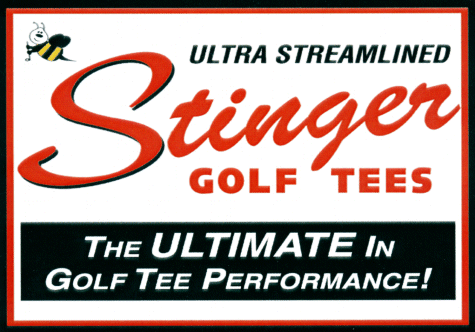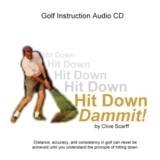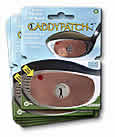Golf Statistics Part 1: Pelz Discovered the
short game was important
Read
other Parts from the
Technology & Distance
series and Short Game
series here, Archives.
If you'd
like one on
one explanations
about the topic,
sign up for the PGI
Member Select Club and
I'll answer all your
questions in a prompt,
thorough fashion.
Now on to this week's
topic.
I. Pelz discovered
a long time ago the
statistical significance
of the short game.
I'm
in the middle
of Dave
Pelz's Short Game
Bible.
Boy, is he impressive.
He has a physics
background like
I do and a thriving/sense
for statistics.
I'd recommend
his book for interest
and game improvement.
To be honest,
I don't know Pelz
and have not contacted
him in any way.
Back
in the 70's, he
began collecting
shot statistics
for pros on tour.
What he discovered
amazed him and
the pros. I admire
his tenacity for
collecting all
the data; what
a labourious job.
Pelz
recorded distances
that players hit
from and their
errors. He used
the data to determine
their respective
PEI (percentage
error index =
error distance
divided by distance)
values. For instance,
if a player misses
his 200 yard target
by 15 yards, his
PEI = 15/200 =
0.075 => 7.5% Likewise,
if a player misses
his 150 yard target
by 12 yards, his
PEI = 12/150 =
0.08 => 8.0% I've
replicated some
of the values
from his book
below.
Club |
D |
3W |
1i |
2i |
3i |
4i |
5i |
6i |
7i |
8i |
9i |
PW |
SW |
Putt |
Pro |
|
|
|
|
|
|
|
|
|
|
|
|
|
|
A |
8.3 |
6.8 |
6.7 |
7.2 |
7.0 |
7.4 |
6.8 |
6.8 |
6.9 |
7.4 |
7.1 |
15.5 |
19.0 |
7.2 |
B |
9.5 |
8.2 |
8.6 |
8.0 |
8.1 |
8.5 |
8.0 |
7.7 |
8.5 |
7.2 |
8.0 |
14.9 |
14.6 |
7.9 |
C |
5.4 |
5.7 |
5.3 |
6.0 |
5.2 |
5.1 |
5.7 |
5.5 |
5.2 |
5.3 |
5.6 |
13.9 |
21.0 |
5.7 |
What
Pelz discovered
was that full club
PEIs for a given
player are essentially
the same. A player
with a 5.4% Driver
PEI (250 yard drive
--> 13.5 yard error)
has about the same
PEI of 5.6% with
a 9-iron (130
yard 9i --> 7.6
yard error).
The
range of full-swing
PEIs went from
about 5% to 9%.
The wedge PEIs
went from 13%
to 26%. Putting
PEIs varies from
about 5% to 10%.
He found that
the large errors
for wedges was
a result of distance
control.
Full-swing
shot errors are
mainly attributed
to direction.
The player mainly
misses the target
left or right
but has very little
error in distance.
For instance,
a player may hit
a 150 yard shot
and miss it 11
yards left but
only be 1 or 2
yards long or
short.
Wedge
shot errors are
mainly attributed
to distance. The
player mainly
misses the target
long or short
but has very little
error in direction.
Have you ever
hit that 80 yard
wedge shot that
is all over the
pin yet it falls
9 yards short
or long?
To
Pelz, his results
amplified the
importance of
the wedge game.
He found no correlation
between full-swing
shot errors and
money made. In
fact he noted
that the lowest
full-swing PEI
over a 3 year
period was from
a player that
didn't make much
money and fell
off the tour.
He did, however,
find a strong
correlation between
money earnings
and wedge PEIs.
What
I've read from
Pelz's book just
reiterates and
validates what
I've been saying
about the importance
of the short game
in previous newsletters.
I'd highly recommend
getting Pelz's
book for more
details of his
study and an improvement
plan that you
can follow. You
can purchase it
from amazon.com.
Next
time, my newsletter
topic will continue
with statistics
in golf. What
is
an average golfer?
How do you compare?
Purchase
my Longest
Golf Ball Report (over
360 sold so far)
in which I statistically
analyze
distances
of over 90 different
golf balls with
differing constructions.
Theballs were
hit
using a mechanical
hitting machine.
A list of resources that have been used to produce this newsletter
can be found on my
website here.
The next newsletter's topic will be on average golfer statistics.
If you have any questions
ahead of time, send
me an email.
The focus
of my site
is to utilize science
and math to lower
your score. New technology
is one
way to achieve this,
but to be honest,
the technology is
one small piece of
the puzzle.
To actually improve significantly,
we all need to:
1. Improve our swings using CD
Interactive, Hit
Down Dammit!
2. Learn how to swing simpler
like the Iron Byron
with the great coffee
table book, Swing
Machine Golf!
3. Improve our physical fitness
and strength.
The
Golf Trainer Power
Performance Programô
4. Improve our mental games.
Golf
Mind Software
5. Improve our Probable
Golf games.
Learn how to make better
choices on the course
through knowing how
shot patterns and reading
the elements and course
better.
Click on the links above to
take a look at
ways that I personally
use myself and
recommend you try
as well.
Hope
I provided some useful
ways for to become
better prepared for
you best golf season
ever.
Ken Tannar
If you'd like to opt out of this newsletter, send
me an email with the subject "opt
out, please"
|












